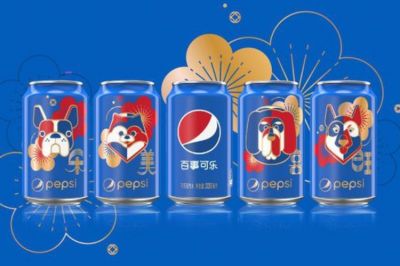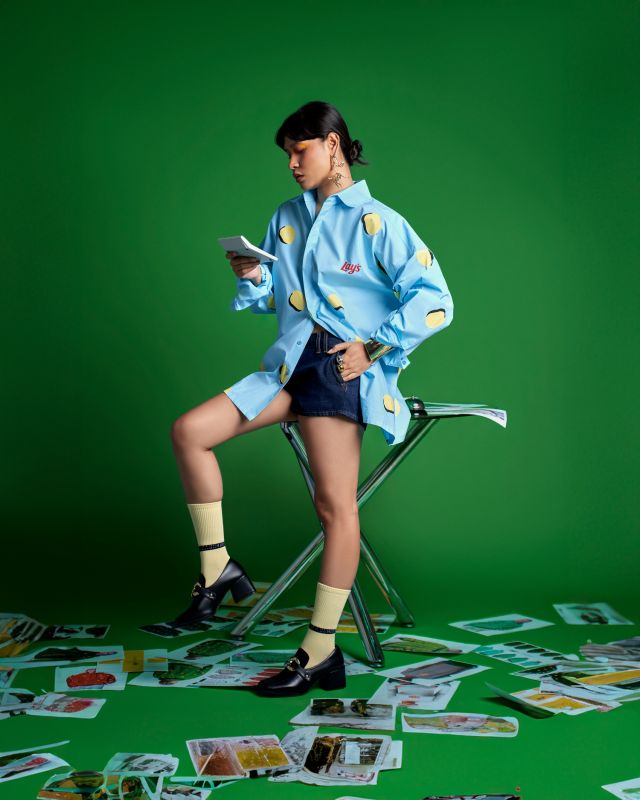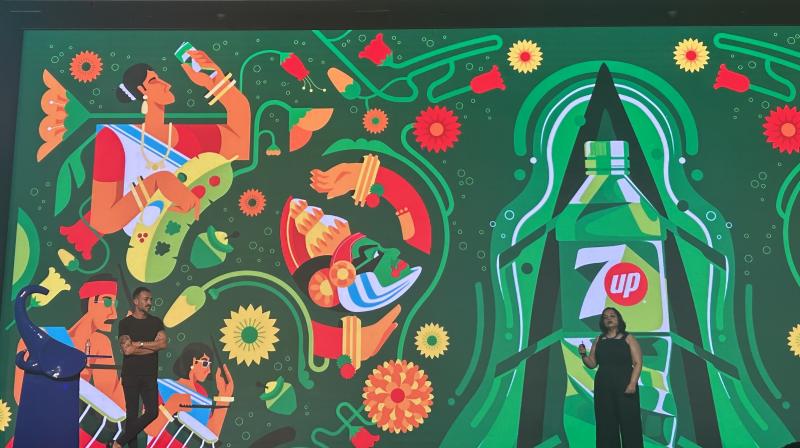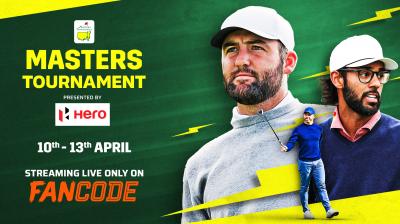On the second day of Designyatra, Gianmauro Vella, vice president and head of design APAC & AMESA, PepsiCo and Tanu Sinha, head of design - India, PepsiCo, took the stage to share their insights on the crucial role of design in creating meaningful connections between brands and people.
The duo highlighted how ‘design’ is a bridge that links products, services and brands with people in specific contexts and scenarios.
The essence of design at PepsiCo
Vella started by framing design as something integral to the human experience.
"Everything that surrounds us, unless it was created by mother nature, has been thought, designed, and manufactured by someone,” Vella shared.
For Vella, design at PepsiCo is fundamentally about people. It's about meeting their needs, solving problems, and building connections beyond mere transactions.
"For us, design is all about people. The people you meet, want to inspire, and want to know,” he remarked.
Vella accentuated that a deeper understanding of consumer needs drives design solutions.
PepsiCo’s insight teams, for example, work to uncover the specific problems consumers face, and design acts as the answer to those challenges.
From complexity to connection
Vella further acknowledged the complexity of modern consumers. He compared today’s customer journey to a dynamic maze of choices and digital interactions:
He said, "The way consumers select products and services has undergone a complete transformation. Today, customers are faced with an extensive range of options. The decision-making process has evolved significantly. In the past, for example, buying a television meant relying on a salesperson in-store to present a few models, explain their features, and highlight the advantages of one over the others. Now, when shopping on platforms like Amazon, consumers are presented with countless choices, allowing them to not only compare features but also access customer ratings. It's no longer just about what a product offers, but also about what others are saying about it, who's endorsing it, and how customers engage with the product before even making a purchase. Therefore, brands must pay attention to how consumers are discussing their products."
The solution, Vella explained, lies in creating experiences that emotionally resonate with people. “Design is a bridge that helps us connect with the brand through creating an experience,” he expressed.
Vella used the invention of the selfie stick as an example, explaining how it was initially created to address a personal need within the Asian community. He highlighted how this simple solution for self-photography quickly evolved into a global sensation.
He voiced, “The Asian consumer, especially in the past, due to their cultural behaviour, was uncomfortable in talking to strangers and disturbing them by asking to take photos, hence the invention of tools that allow them to be independent and take a 'photo' or a 'selfie' to capture moments."
The three-step 'emotional flow'
Vella introduced the audience to the concept of ‘emotional flow,’ a process that guides how PepsiCo designs for consumer engagement. He described it as a three-step approach: visceral flow (initial attraction), interactive flow (consumer interaction), and expressive flow (the deeper, emotional connection with the brand).
He added, "The emotional flow is nothing but a three-step process that is visceral, interactive, and expressive, through which we communicate and connect with consumers."
This flow allows PepsiCo to design not just products, but experiences that feel personal and relevant to consumers in various contexts.
Designing for a changing world
One of the key takeaways from the session was the importance of context in design. Vella illustrated this by sharing how the brand had curated a Pepsi can with a dog visual on it during Chinese new year as it was the 'year of the dog'.

“One really needs to understand that experience is a product or service in relation to context, people, and time," Vella explained.
He stressed that understanding the cultural context and consumer environments is vital to creating designs that resonate globally.
The power of attraction
A crucial part of the emotional flow is what Vella referred to as ‘visceral relation’ — the first impression a product or design makes. He drew an analogy between falling in love with a stranger in a crowd and choosing a product on a supermarket shelf.
He expressed, "Among 1,000 products, one needs to pick the one that, for some reason, gives them that rush of emotion. This is what we do with our team of brand design."
PepsiCo’s goal, he said, is to create designs that instantly captivate consumers and make them fall in love with the product, amidst a sea of choices.
Vella added her thoughts on how design continues to evolve within PepsiCo’s ecosystem, highlighting the increasing importance of digital experiences.
"From the point of sale in a supermarket to the digital world, we are working on these 360-degree experiences that bring our brands directly into the hands of consumers,” he shared.
Onam brand activation
Sinha then transitioned to discussing her team's work on cultural celebrations, particularly their involvement with the Onam festival.
"This is not the first time we've worked on this festival; it's the third time. But we never get bored of Onam," she said.
Sinha's team decided to take inspiration from Onam to create a brand affirmation.
"We made our hands dirty, went back to the drawing board, and this is how we work," she said.
The final result was a visually striking campaign.
"We wanted to dial up the food, the music, the glorious tiger, the drummers, and the beautiful saris. It had to be very local but also global, she shared.
Cultural sensitivity in branding
The discussion shifted to how brands need to connect with local cultures while maintaining a global appeal.
Sinha shared her experience working in international markets like Bangladesh and Saudi Arabia.
"Bangladesh is a very important market for us. Ramadan is the biggest festival there, and we created packaging for Ramadan with great success," she said.
Tanu added, “People love it, the market loves it. It goes beyond just a festival campaign; it becomes a part of their lives.”
In Saudi Arabia, Sinha’s team focused on the premium segment.
"Saudi Arabia is different in the sense that affluent consumers there seek more premium experiences. We create something completely outstanding, like you've never seen before with Pepsi," she explained. "We aim to take the brand to the next level by targeting luxurious restaurants and exclusive events."
The role of fashion and collaboration
Fashion design also plays a crucial role in the brand’s strategy, as evidenced by its collaborations with Huemn.
"Two years ago, we worked hand-in-hand with Huemn for Pepsi to create more brand equity," Sinha said.
She underscored the importance of remaining hands-on, even in collaborations.
The collection with Huemn was a success. "The connection is still there, even after a year and a half. We were unsure at first, but it worked," Sinha revealed. "We constantly push the envelope, always thinking, 'What more can we do?'"
Talking about PepsiCo’s Lay’s latest collaboration with Huemn. She shared, "We worked very closely with the Huemn team to design this collection and the intent was to stay very close to the core elements of the brand while launching the collection hence if you look at the drawing board, we tried everything from the potato to the peel on the T-shirts."


For more on the Huemn X Lay’s collaboration click here.
Lessons from the field
As the discussion concluded, Sinha offered advice to budding designers and marketers. "Please, do what you love," she urged. "One doesn't have to force it. When one truly enjoys what they are doing, the results will follow."












